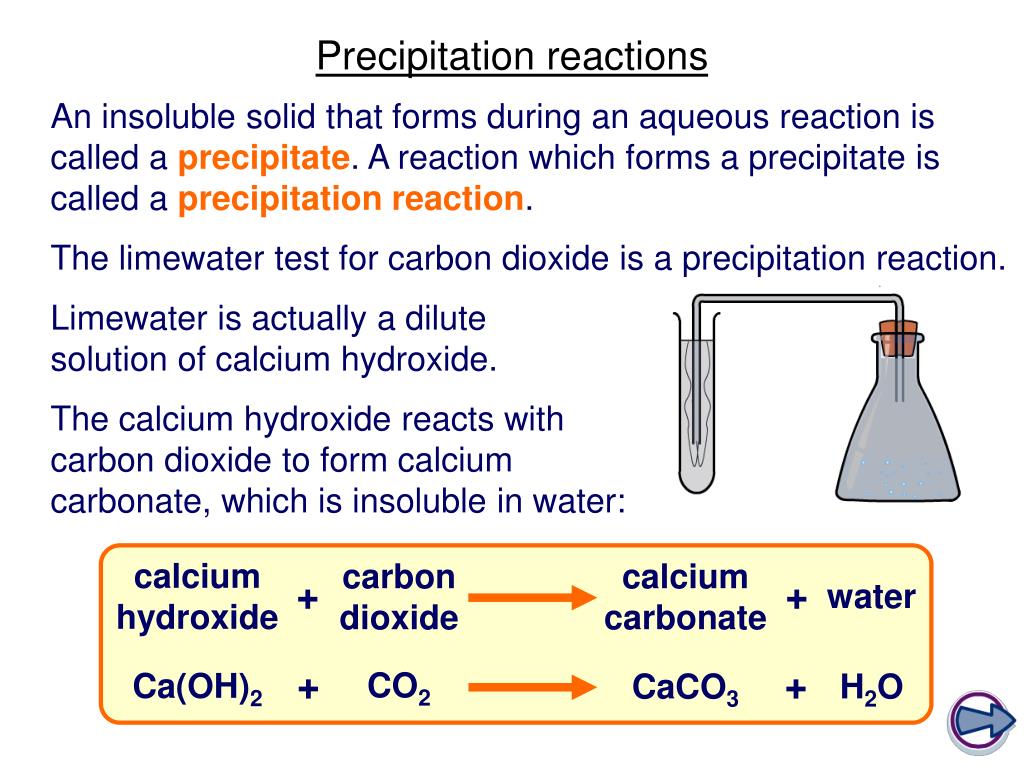

Examples of inorganic chemicals that might come into consideration are calcium (salts), iron III (salts), and aluminum (salts). The chemicals used include inorganic, mostly metal salt-type chemicals and organic, mostly polymeric chemicals. This chapter describes the effects of chemicals upon particle aggregation and the interrelationship of the aggregation process with the flotation process. The addition of chemicals in the phase of chemical treatment changes water constituents into a form that improves removal by all liquid-solid separation processes. These chemicals cause precipitation and/or aggregation (i.e., coagulation and flocculation) of the suspended phase in the wastewater system under consideration. Such chemicals are usually inorganic (such as iron or aluminum salts) or organic (such as cationic, anionic, and non-ionic polymers). Chemical treatment as a rule means addition of chemicals. Chemical treatment is considered as a useful tool for (a) pretreatment of harmful wastes, (b) early removal of undissolved precipitating substances, (c) reduction of load fluctuations, (d) combating bulking activated sludge, (e) polishing effluents, and (f) phosphorus removal.


 0 kommentar(er)
0 kommentar(er)
